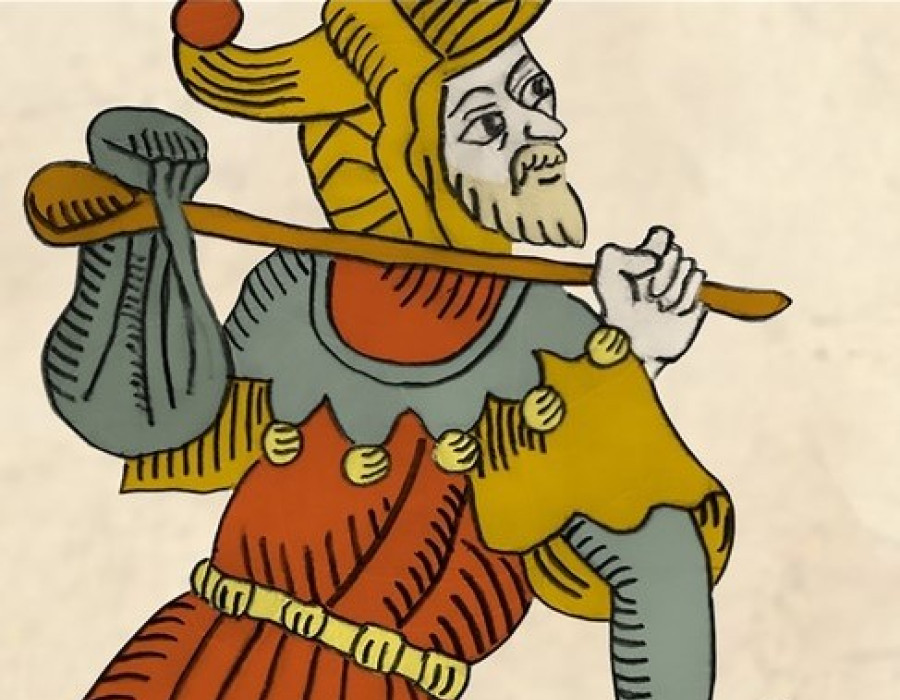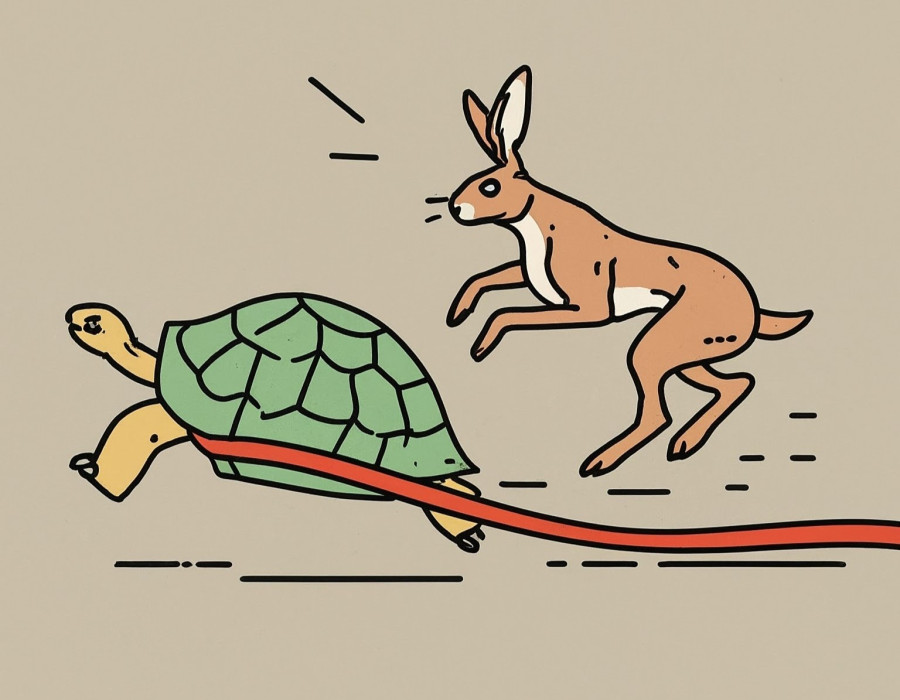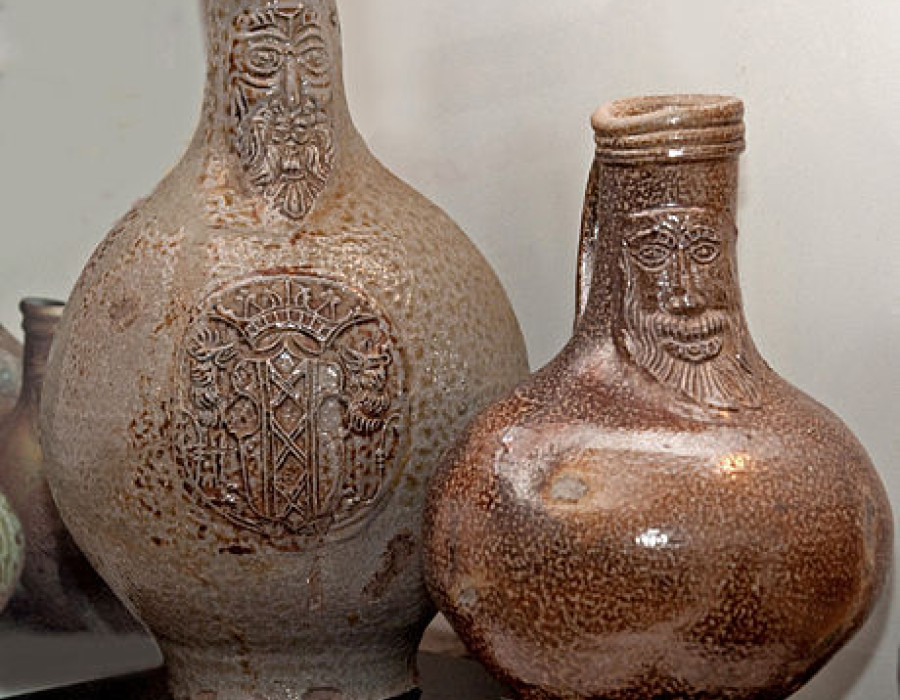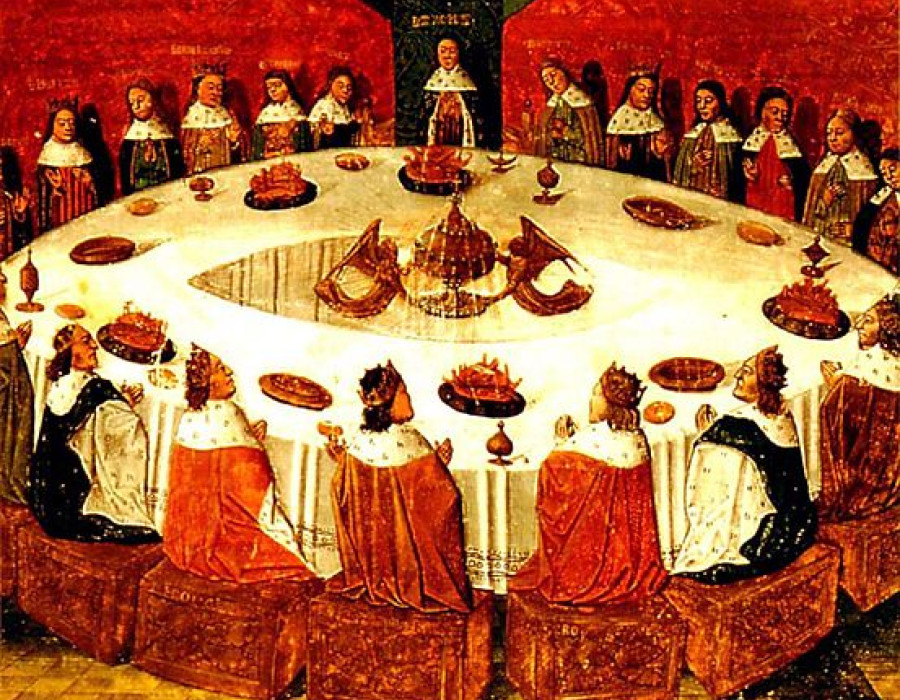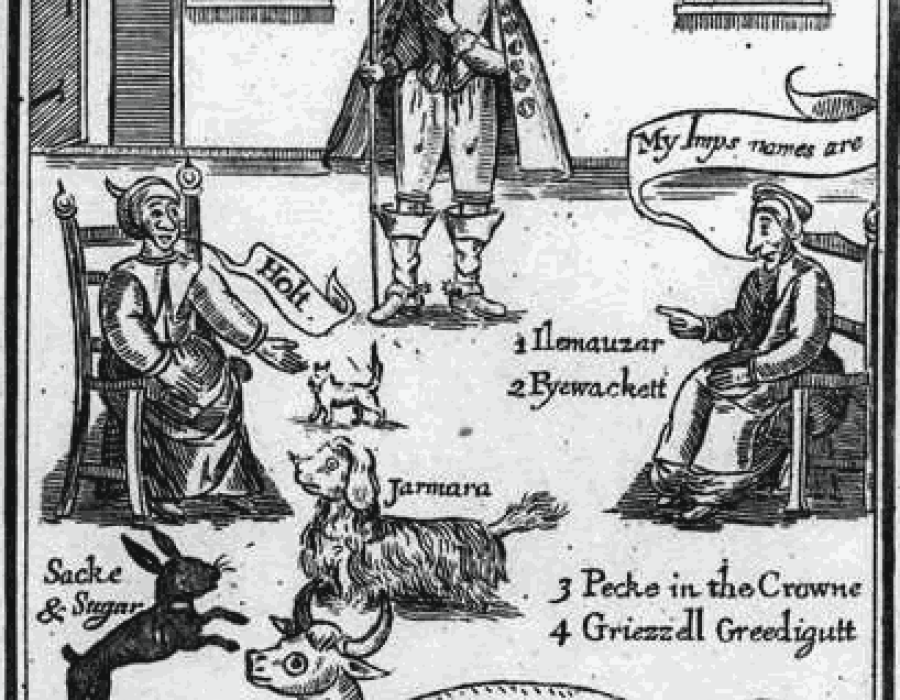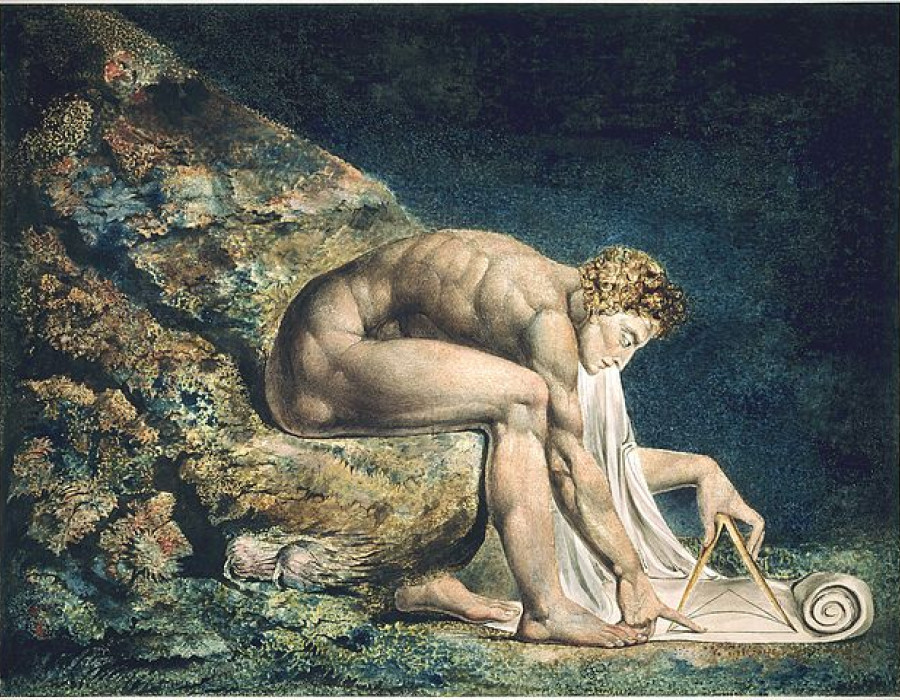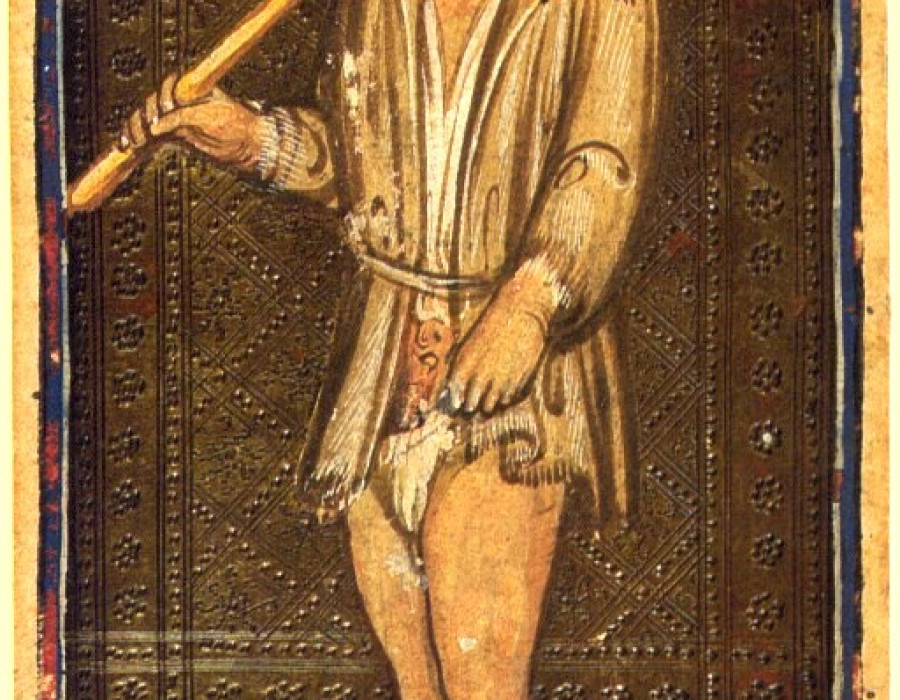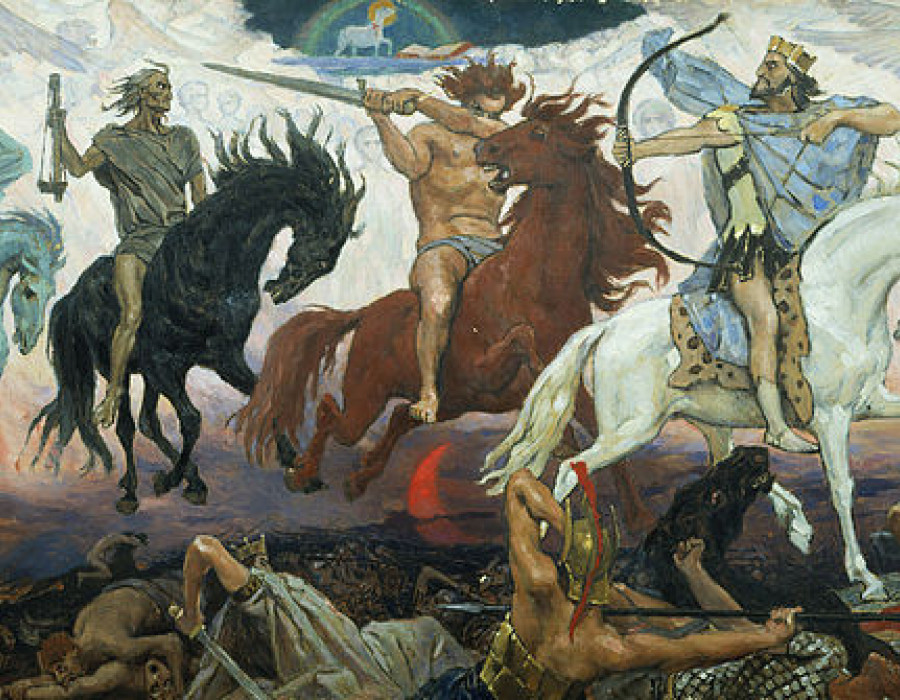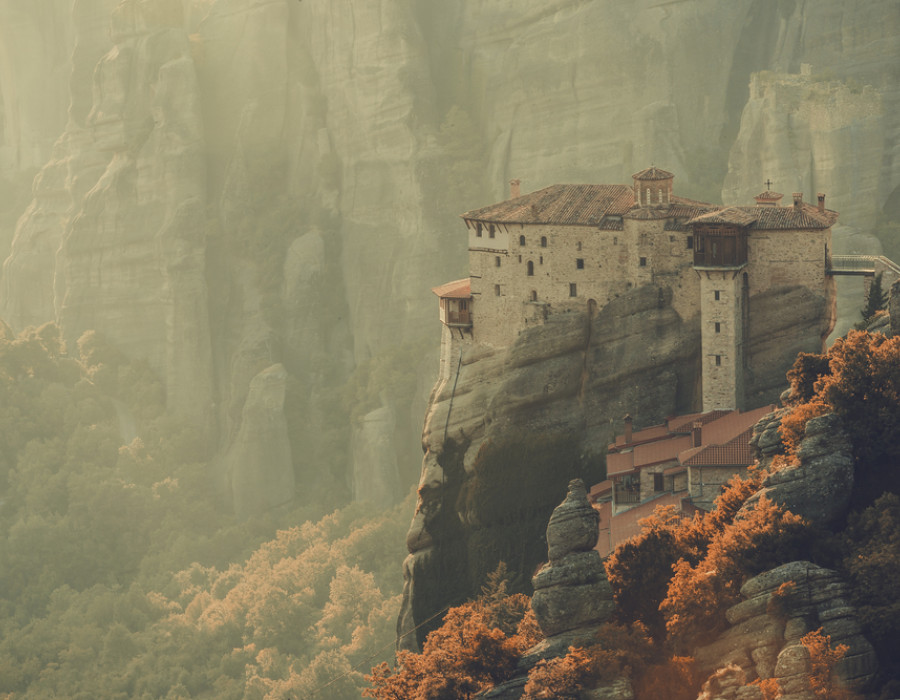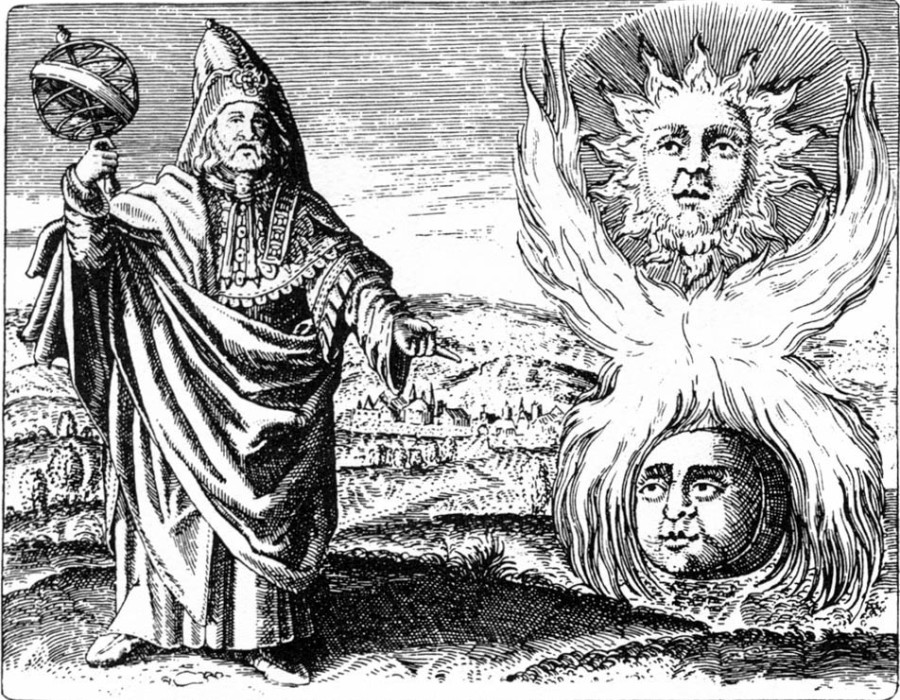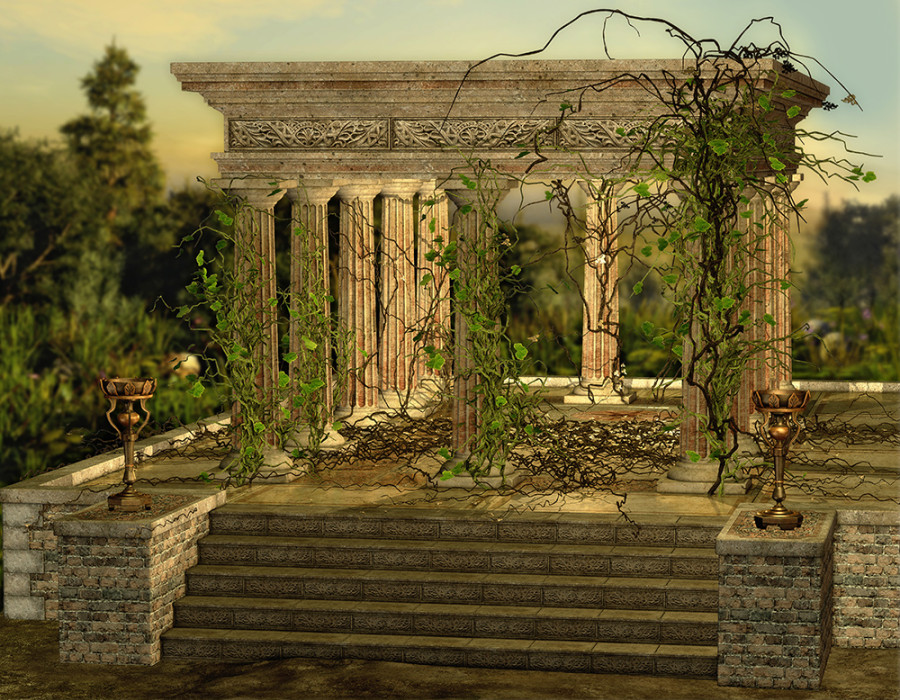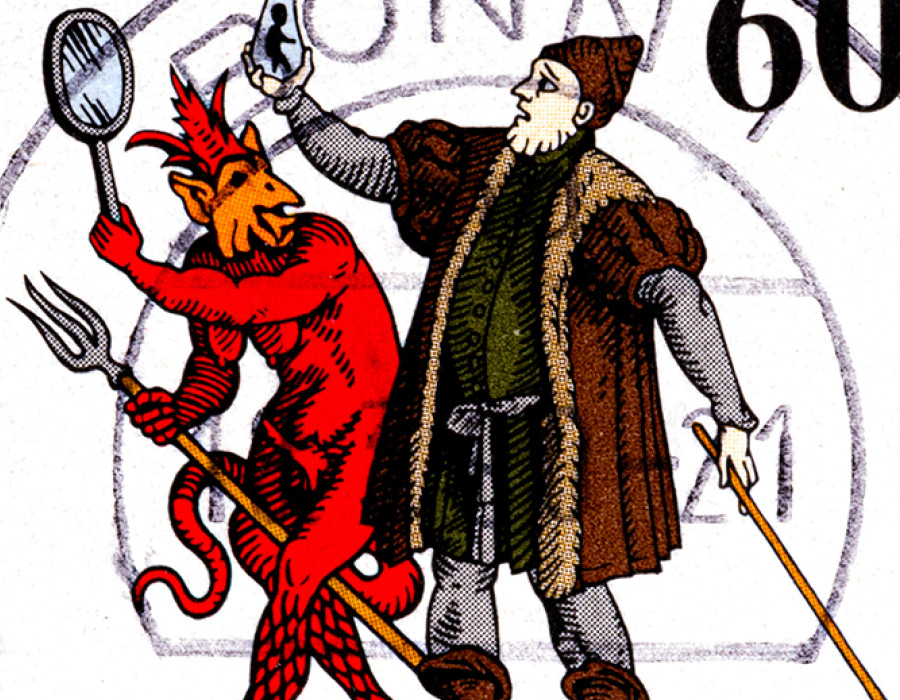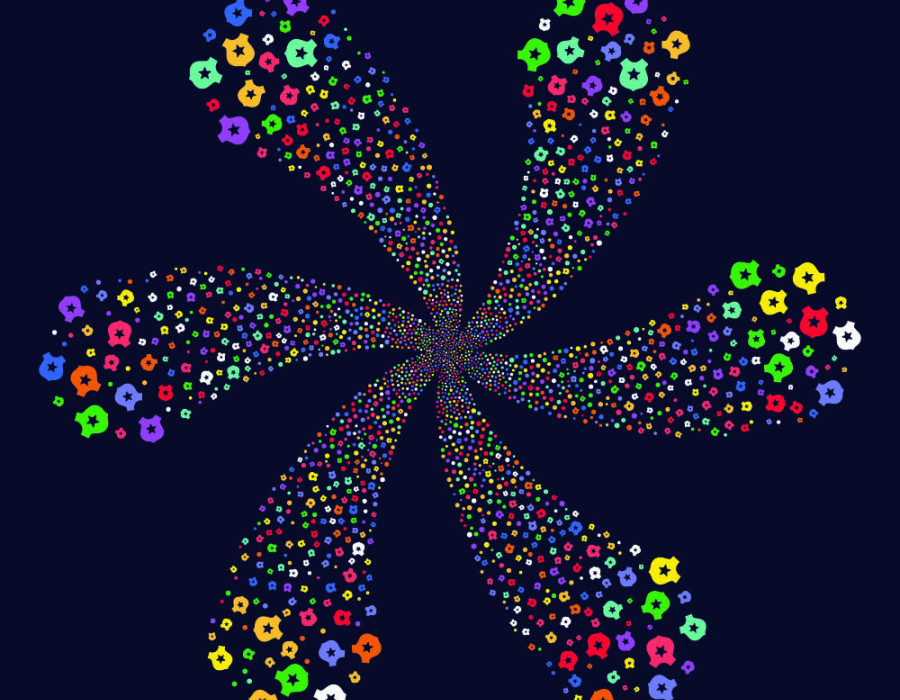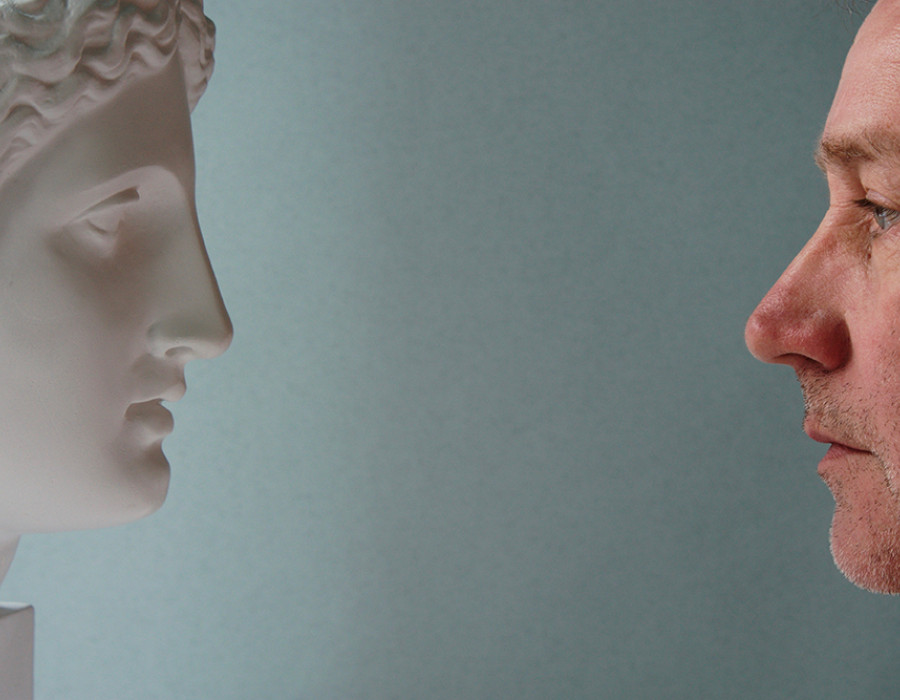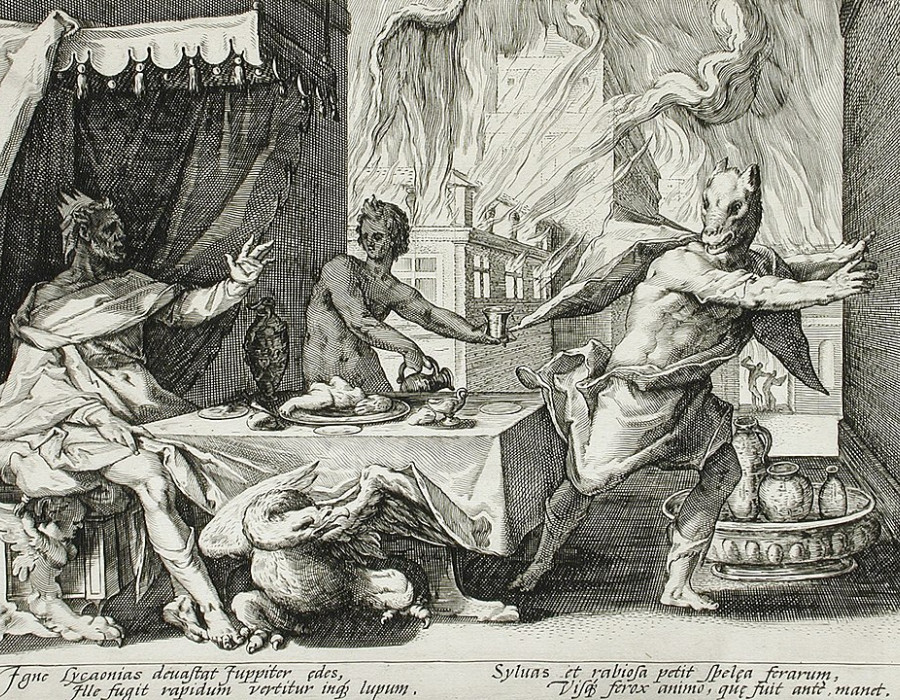
Martin Goodson
A Plague on Both Your Houses
The Alchemy of Transformation
It has been over a year since the start of the COVID19 pandemic. At the time we published a series of articles around the spiritual implications of 'disease', 'contagion' and 'lockdown' exploring themes this time has evoked. As we now see light at the end of this tunnel and begin to count the cost of the aftermath, it seemed timely to re-examine these matters as we begin to digest our experiences collectively and as individuals.
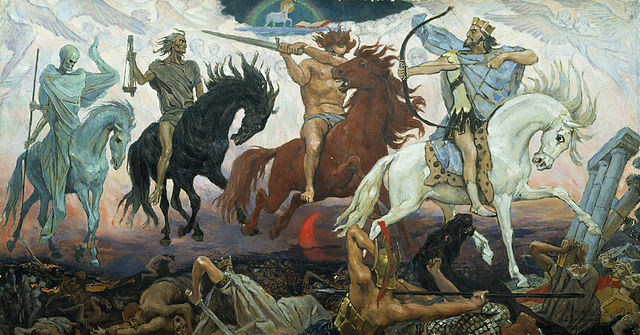
Four Horsemen of the Apocalypse, an 1887 painting by Viktor Vasnetsov.
By Viktor Mikhailovich Vasnetsov - http://lj.rossia.org/users/john_petrov/166993.html, Public Domain, https://commons.wikimedia.org/w/index.php?curid=2649874
The world, it would seem, has been gripped by a fever that is impacting on all areas of our lives. Our work, our leisure, our intimacies and our spiritual practices now sit nestled within the confines of a dread of an unknown future, the knowledge of living in the presence of uncertainty.
Corona, the Latin for crown, now rules our lives. The news speaks of nothing else, neither do our supermarket shelves nor our social media accounts, we are under its reign for who knows how long?
This series, The Alchemy of Transformation, was started to create a bridge between the spiritual heritage of Mahayana Buddhism and the spiritual ideas to be found in many corners of Western culture, history and beliefs. The goal of alchemy in the West was to transform base metal into gold - the king of the mineral kingdom. The alchemist lived in an ensouled world; all things were part of the anima mundi, the World Soul, an interconnected web of correspondences that saw all things reflected in everything else, a notion caught in it’s central maxim, ‘As above, so below’. This view has inherent in it the belief that all things have meaning and also some kind of agency and therefore everything has a role to play in creation.
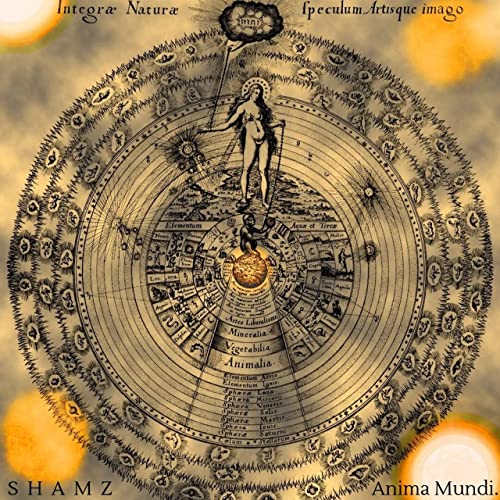
Anima Mundi
By Viktor Mikhailovich Vasnetsov - http://lj.rossia.org/users/john_petrov/166993.html, Public Domain, https://commons.wikimedia.org/w/index.php?curid=2649874
This is an ancient idea that is reflected through time and in different cultures. The Hebrew prophets were compelled to tell kings to their faces that the various disasters meted out upon them were the result of incurring God’s displeasure and to repent if they wished to relieve their suffering.
A Chinese story of a rainmaker who is summoned to a particular province of China tells of how the drought there is finally broken because he is able to divine that the people are out of alignment with the Tao and is able to re-establish the necessary harmony to bring back the rains.
In our more ‘rational’ age, we may think that we have done away with such superstitions and that our world is an object that operates blindly., Having no soul anymore it simply follows the randomness of unfeeling laws that carry no ‘inherent meaning’ because all meaning is a psychological projection from the arch-meaning- giver in the universe, that is ourselves.
However, in times of fear and uncertainty the old beliefs resurge once more. There is talk, even from quite conservative quarters of the chattering classes, that the corona virus (COVID 19), is a deliberate man-made creation. There are whispers that it has been deliberately released as part of a plot, that it is a trojan horse with which a new authoritarianism is seeking to impose control upon the masses.
Whatever the truth is, there is a feeling, that goes deep, that such ‘random events’ are not really random at all. This time around many do not believe in the old biblical God. Now it is the modern ‘gods’ - governments, multi-nationals, and clandestine ‘elites’ that drive events. Maybe it is because humans are natural story-tellers that we see events as part of a larger picture. All religions play a part in this storytelling too. This way of seeing is what gives life meaning. Such meanings are the product of imaginative acts, but it begs the question what type of ‘truth’ does imagination give us when we are trying to understand the events that happen to us?
In opposition to this view, is the hardline sceptic, who dismisses this all as ‘fake news’, at best mischievous, at worst subversive and dangerous. But, does the sceptic not recognise his own act of imagination when he makes his assertions?
What is apparent is that neither of these views is very new.
Daniel Defoe (1660-1731), was a writer and journalist who wrote a fictionalised account of the London plague of 1665, based on his uncle’s experiences and other extensive research. Defoe wrote of two comets that were seen prior to both the plague and the Great Fire of London of 1666.
“I saw both these stars, and, I must confess, had so much of the common notion of such things in my head, that I was apt to look upon them as the forerunners and warnings of God's judgements; and especially when, after the plague had followed the first, I yet saw another of the like kind, I could not but say God had not yet sufficiently scourged the city.
But I could not at the same time carry these things to the height that others did, knowing, too, that natural causes are assigned by the astronomers for such things, and that their motions and even their revolutions are calculated, or pretended to be calculated, so that they cannot be so perfectly called the forerunners or foretellers, much less the procurers, of such events as pestilence, war, fire, and the like.
But let my thoughts and the thoughts of the philosophers be, or have been, what they will, these things had a more than ordinary influence upon the minds of the common people, and they had almost universal melancholy apprehensions of some dreadful calamity and judgement coming upon the city”
(A JOURNAL OF THE PLAGUE YEAR by Daniel Defoe)
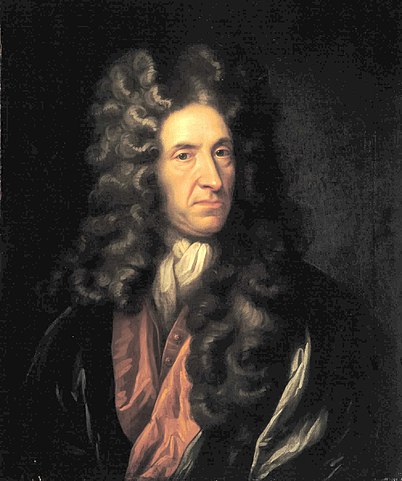
Portrait of Daniel Defoe, National Maritime Museum, London
By Unknown, style of Sir Godfrey Kneller - http://www.nmm.ac.uk/collections/displayRepro.cfm?reproID=BHC2648, Public Domain, https://commons.wikimedia.org/w/index.php?curid=12055365
In the previous article of this series, William Blake’s notion of ‘double seeing’ introduced a perspectival approach to being conscious in our world. In Buddhism, this acknowledgement of the importance of perspective is integral to the teachings of the Two Truths and the parable of the rope. In Zen, the difference between ‘Nirvana’ and ‘Samsara’ is whether or not the heart is obscured by delusion and can see clearly. The Wheel of Life shows six ways of seeing in the six realms, implying that how we experience is conditioned by the type of ‘rebirth’ consciousness in this moment. Our own experience in daily life also mirrors this truth.
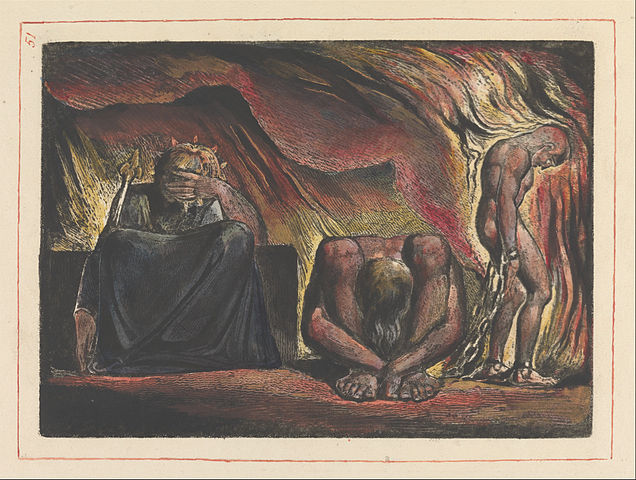
'Skofeld' wearing "mind forged manacles" in Jerusalem Plate 51
By William Blake - 2AFB1TEntnt0rw at Google Cultural Institute maximum zoom level, Public Domain, https://commons.wikimedia.org/w/index.php?curid=22242805
Blake’s vision is one in which the sun’s disk can be seen in a literal way, as about the size of a guinea, and also in a visionary or mythic way, as a host of angels singing hallelujah.
The literal way of seeing is amply covered by all the practical advice that we are currently being given. It is also in the myriad theories which abound for who and what is literally responsible for our current predicament. These are the ways of seeing to be found on The Wheel of Life.
Another way of contemplating these different ways of seeing is through the Mahayana teaching of the Trikaya, or the Three Bodies of the Buddha.
The primary body, the Dharmakaya, is the true body of the Buddha, which is the true body of the Dharma. This body is ineffable and no words or concepts reach that far.
The body-in-the-world is the Nirmanakaya , the material body. For our consideration, this is the literal perspective, the nuts and bolts of practical cause and effect.
There is also an intermediate body that connects the two, known as the Sambhogakaya. This is the body of the teachings, the body that contains the ‘billion worlds’ inhabited by innumerable buddhas, bodhisattvas, mythical birds and beings who attend the Buddha Sakyamuni in the Mahayana sutras. In Zen, it is the realm of the herdsman and his bull, Joshu’s ‘Mu’ and the Sixth Patriarch’s ‘Before thinking’. This is the world of myth and imagination in the service of the Dharma.
Our task is two-fold, firstly to cultivate both ways of seeing and secondly not to mix up the literal and the mythic ways of seeing ; instead to recognise that both have their own epistemologies, their own way of gaining knowledge about the world and how we live in it.
This is why it is important to realise the mythic importance of what is now happening to us as well as the literal consequences of our current pandemic.


